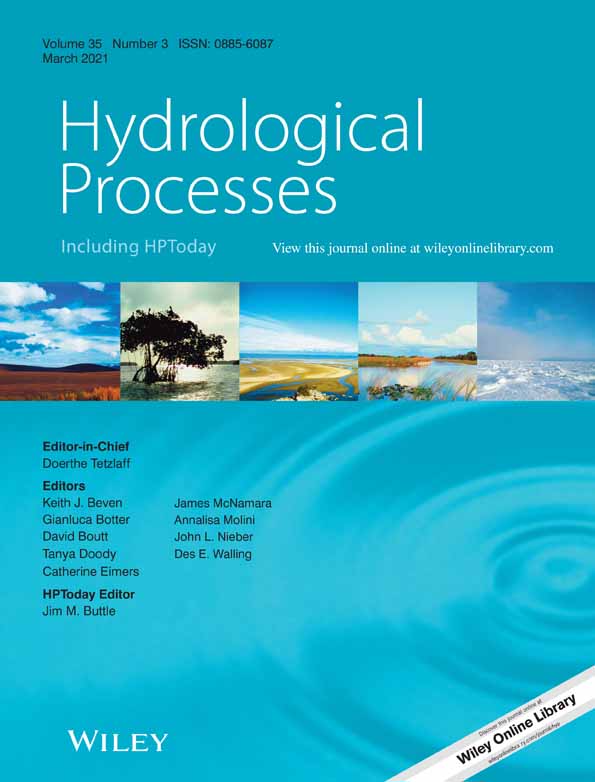
The high mountains of Central and South Asia provide irrigation water for their adjacent lowlands. The Indus Irrigation Scheme depends on approximately 50% of its runoff originating from snowmelt and glacier melt from the eastern Hindukush, Karakorum and western Himalaya. The Atlas of Pakistan indicates that these mountains gain a total annual rainfall of between 200 and 500 mm, amounts that are generally derived from valley-based stations and not representative for elevated zones. High-altitude snowfall seems to be neglected and is obviously still rather unknown. Estimates derived from accumulation pits runoff above 4000 m range from 1000 mm to more than 3000 mm, depending on the site and time of investigation, as well as on the method applied. To assess the vertical spatio-temporal distribution of total annual precipitation, a combined approach is presented. This approach links in situ measurements of snow depth and water equivalent (10-year time series derived from automatic weather stations at elevations between 1500 and 4700 m a.s.l.), the spatial distribution and period of snow coverage (remotely sensed data and digital elevation models), and the runoff characteristics of streams originating from snow or snow/ice-covered watersheds (modified snowmelt runoff model, including intermediate snowfall and glacier runoff). Based on conservative assumptions, the vertically changing seasonal ratio between liquid and solid precipitation is calculated. Using a combined snow cover and ablation model, total annual amounts of precipitation are derived for different altitudinal zones. Amounts of modelled and measured runoff complement the investigation. Horizontal gradients along the Indus?Gilgit?Hunza transect indicate the varying dominance of seasonal precipitation regimes (monsoonal, Mediterranean and continental disturbances) south of Nanga Parbat, between Nanga Parbat and Batura Wall (=West Karakorum rainfall regime: 1500?1800 mm year at 5000 m) and areas north of Batura (=Central Asian rainfall regime: 600 mm year at 5000 m).